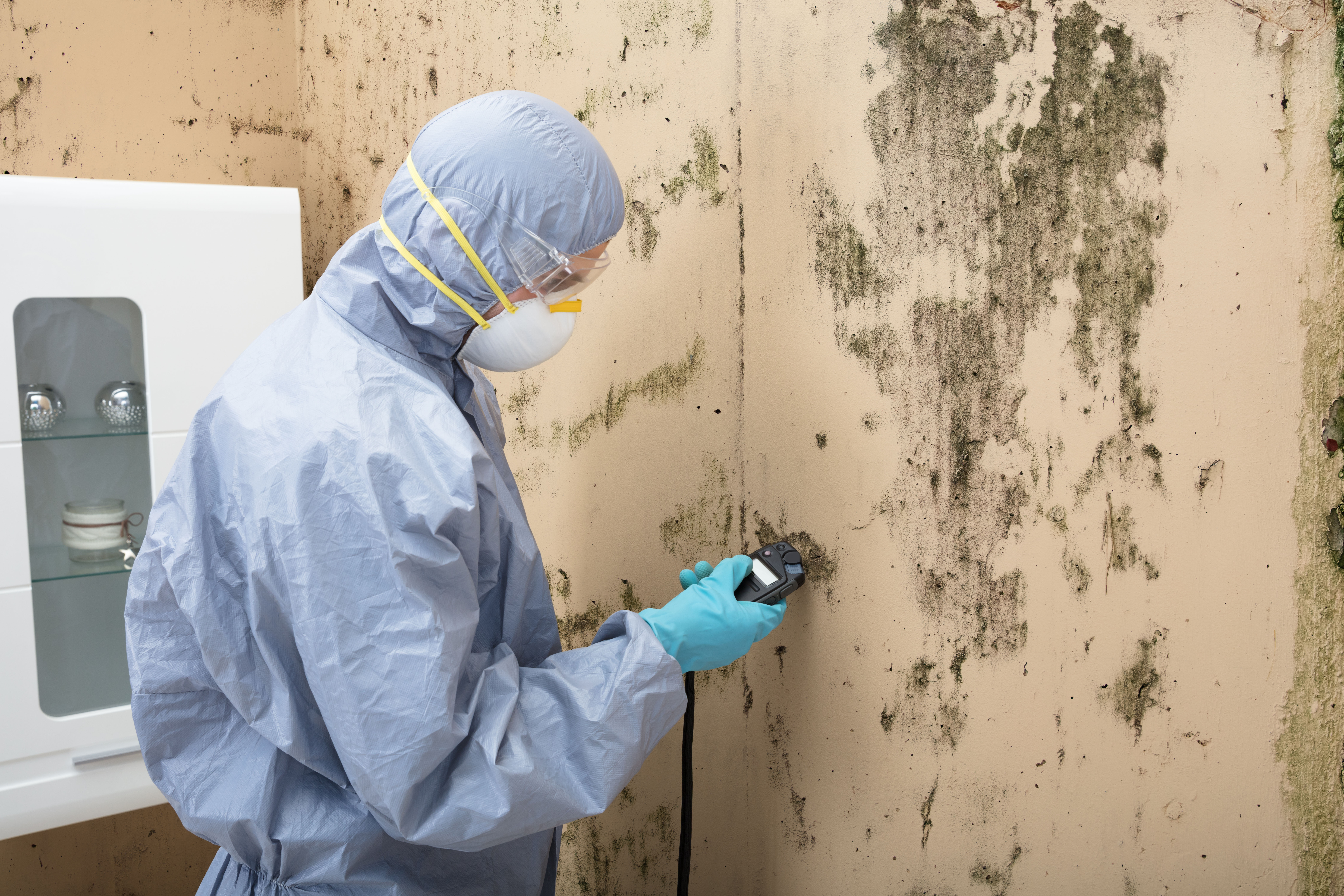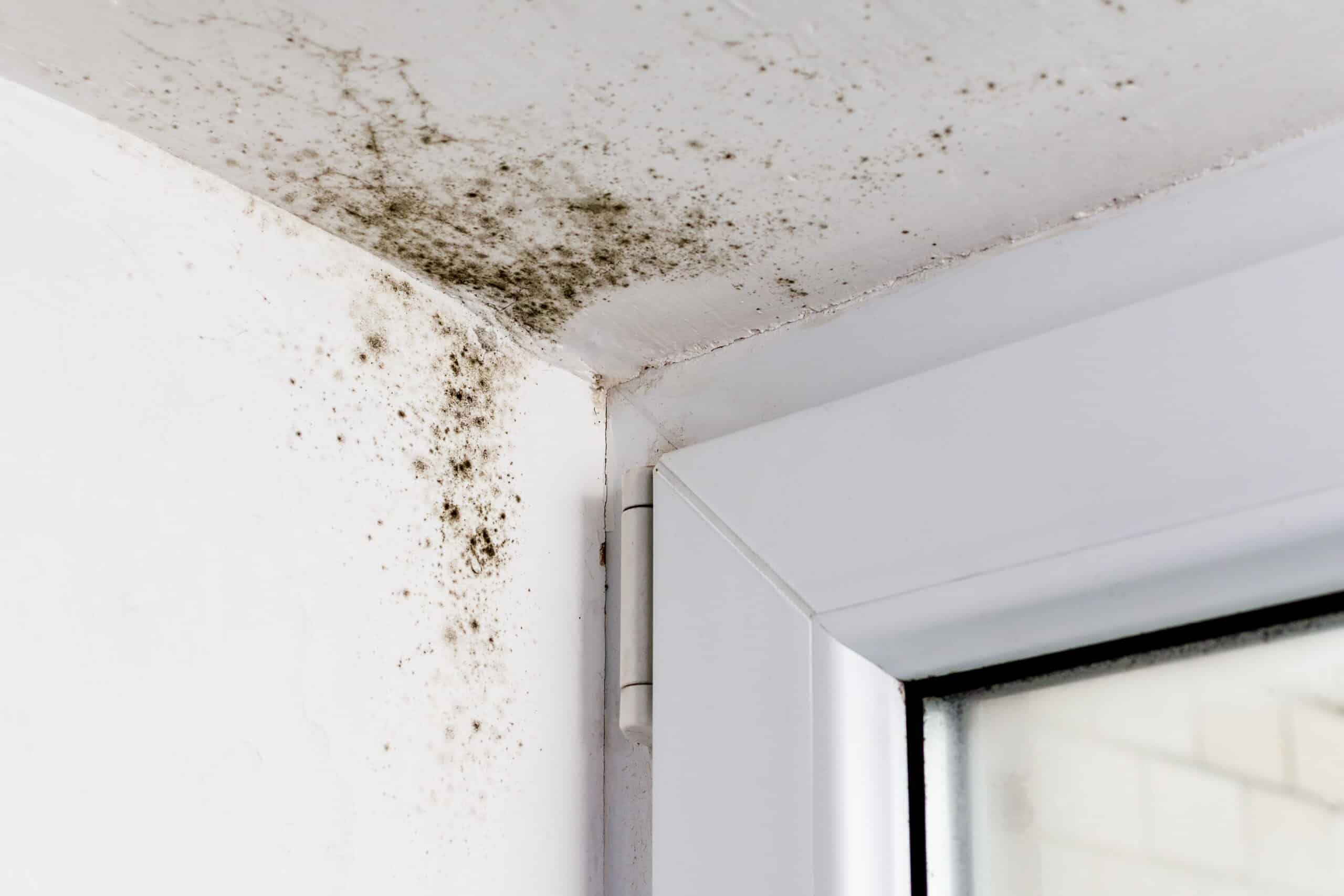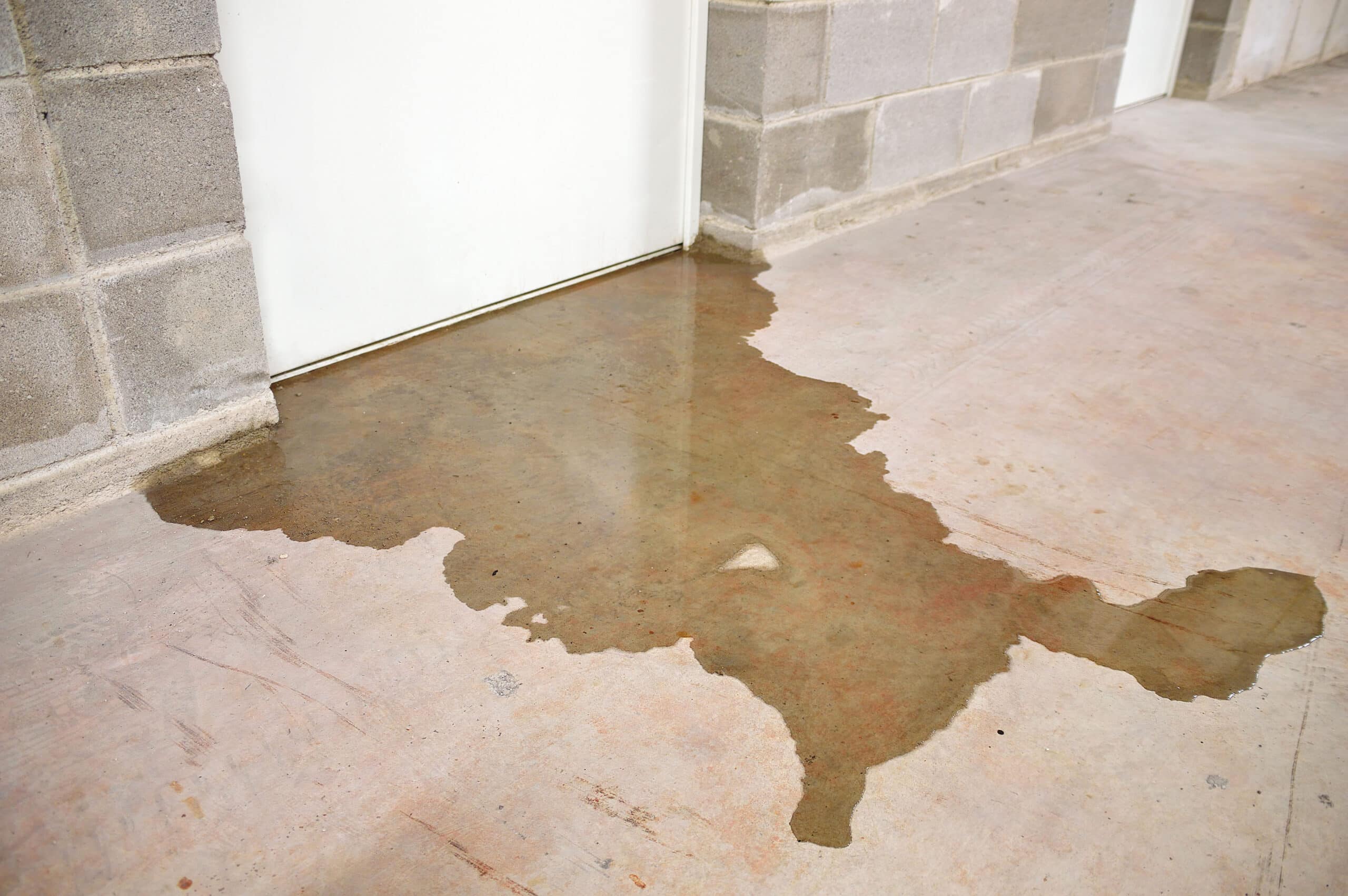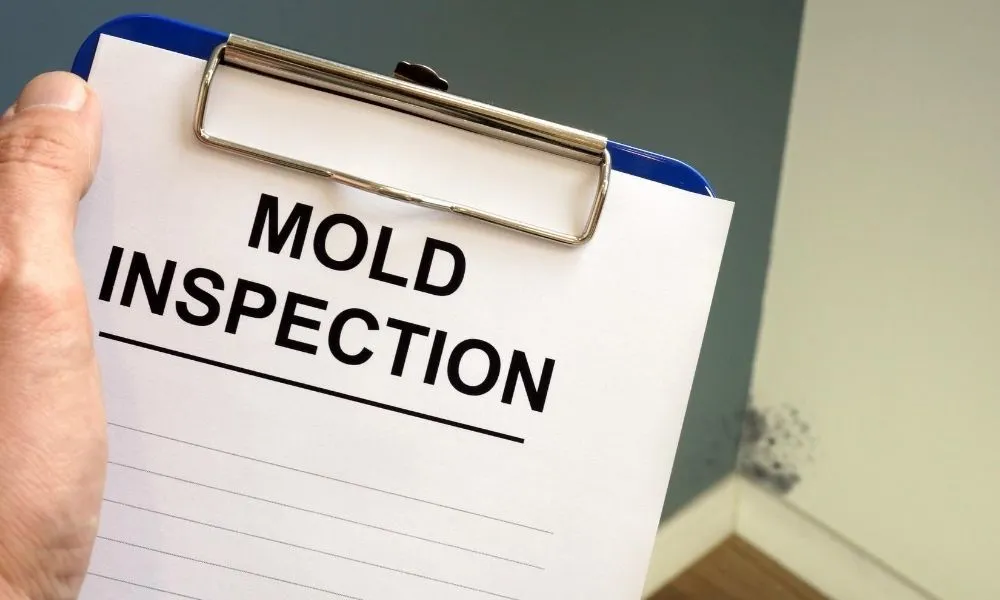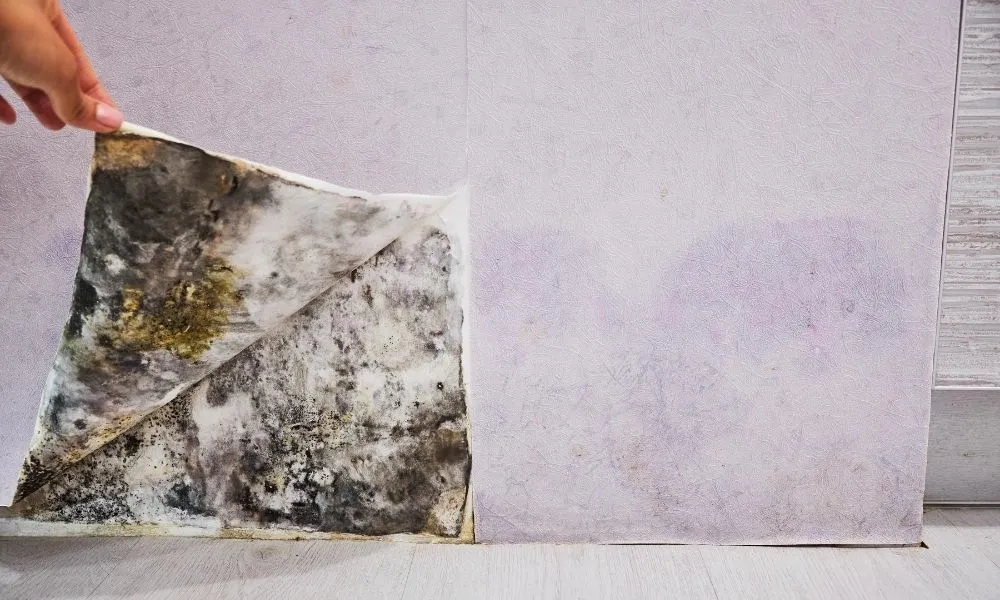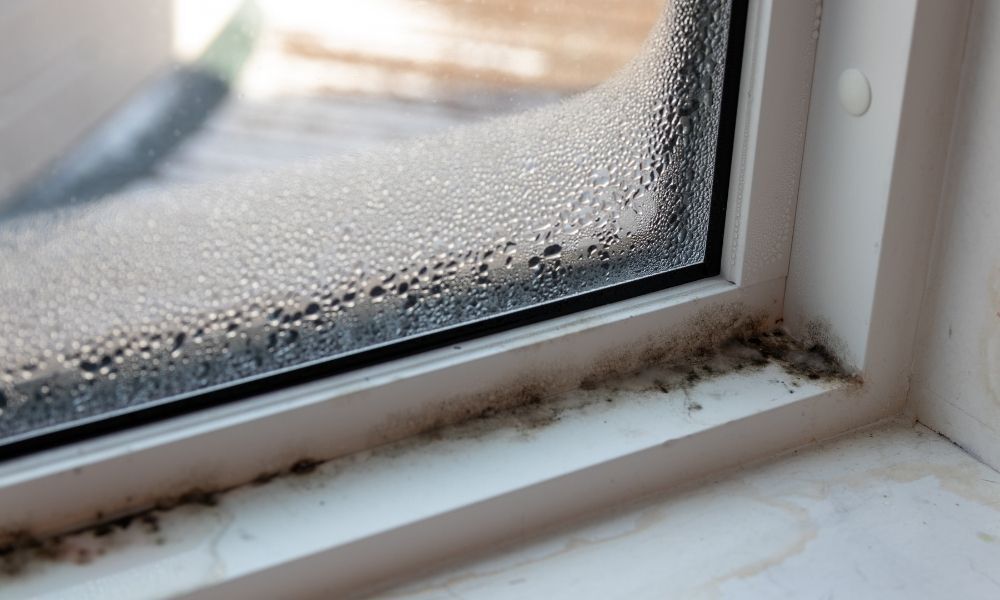
Unexpected Places Mold Can Hide in Your Home
Sometimes, mold is easy to spot. Other times, it can hide in hard-to-see and hard-to-reach areas. Here are some unexpected places mold can hide in your home.
Mold can be obvious, but it can be sneaky, as well. It doesn’t come as a surprise to discover mold behind your drywall after a flood or in leaky, moisture-filled areas of the home, such as the bathroom, basement, or attic. Unfortunately, there are other places that mold commonly grows, many of which aren’t obvious or immediately noticeable. The harder it is to detect, the longer mold can grow and fester. This can lead to a slew of respiratory problems, including worsened asthma and allergies. To eliminate mold from your home, it’s important to regularly inspect these unexpected places mold can hide in your home for signs of mold growth.
Chimneys
The crevices in your fireplace can collect water, dirt, and other organic debris. This makes them the ideal breeding ground for mold. If you have a rusted chimney cap and faulty flashing, rain and snow can enter the chimney more easily, exacerbating the problem. It doesn’t help that many people don’t regularly clean the inside of their chimney. To prevent mold, you should repair any damaged caps and flashing and have your chimney cleaned by a chimney sweep on an annual basis.
Window Sashes and Seals
The condensation created by rain and snowstorms can cause moisture to collect on the bottom of the sashes and windowsills, and the dirt and dust that’s commonly trapped under sashes and seals provide nourishment for mold. It’s important to open your windows and wipe the moisture off the sashes and windowsills after a heavy storm. You’ll also want to check the seals between panes. If they’re failing, make sure to repair or replace them as soon as possible. This will help prevent condensation. Regularly cleaning your windows will remove any lingering dirt and dust, which will deprive the mold of food and keep it from spreading.
Air Conditioners
Another unexpected place mold can hide in your home is inside your air conditioning unit. Your AC provides the ideal environment for mold growth. It sucks in moisture from the air, and the dust and pollen it traps make for excellent mold food. When the levels of humidity in your home are high, mold can start growing in and on the ducts, drain pans, and coils. You can lower the humidity of your home and prevent mold growth by running the AC for a minimum of ten minutes a day.
If you discover mold in your central air conditioning unit or in another unexpected place in your home, you’ll need to hire a mold remediation professional. If you need mold remediation or a mold inspection in Stamford, Connecticut, Connecticut Mold can help. Our experienced mold technicians will use the highest-quality equipment and most effective techniques to get rid of mold in your home. Call us to book our home sanitation services today!

